- All posts
- Concrete
- Driveway
- electric heated mats
- Energy Efficiency
- Enjoy
- Hail
- Health
- Heated Driveways
- Heated Floor Mats
- Heated Mats
- Home Maintenance
- Ice
- ice dams
- Landscaping
- Liability
- Michigan
- Press + Praise
- Property Maintenance
- residential
- Roof
- Roofs
- safety
- salt
- Senior Safety
- Shoveling
- shovelling
- Slip and Fall
- Snow
- snow and ice management
- Snow and Ice Removal
- Snow Melting
- Snow Melting Mats
- Snow Removal
- Snow Removal Contractor
- Winter Car
- Winter Driving
- Winter Gardening
- winter prep
- Winter Safety
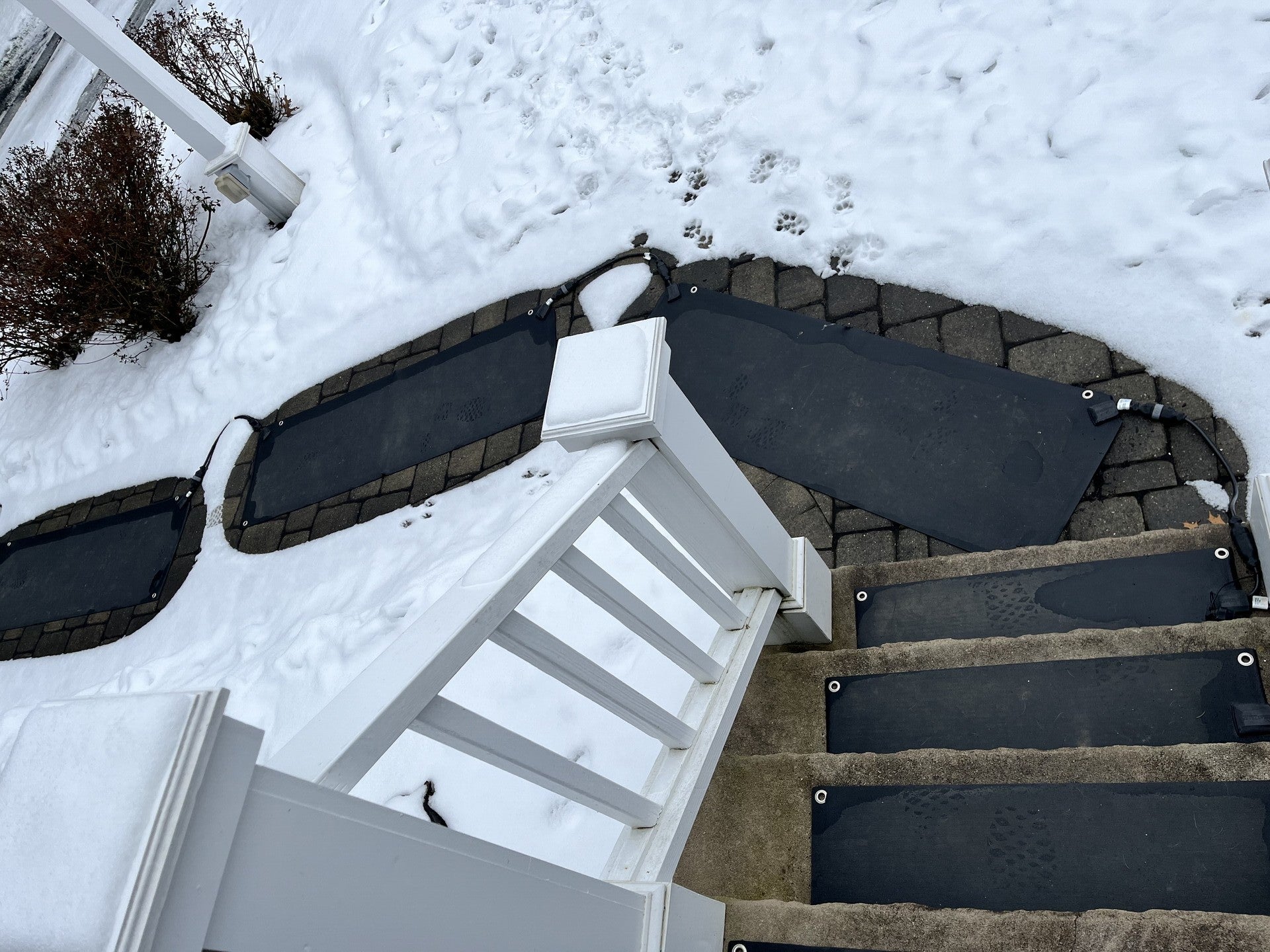
The Benefits of Snow Melting Stair Mats
Keep your stairs safe this winter with snow melting stair mats. Prevent slips, save time, and enjoy hassle-free snow removal.
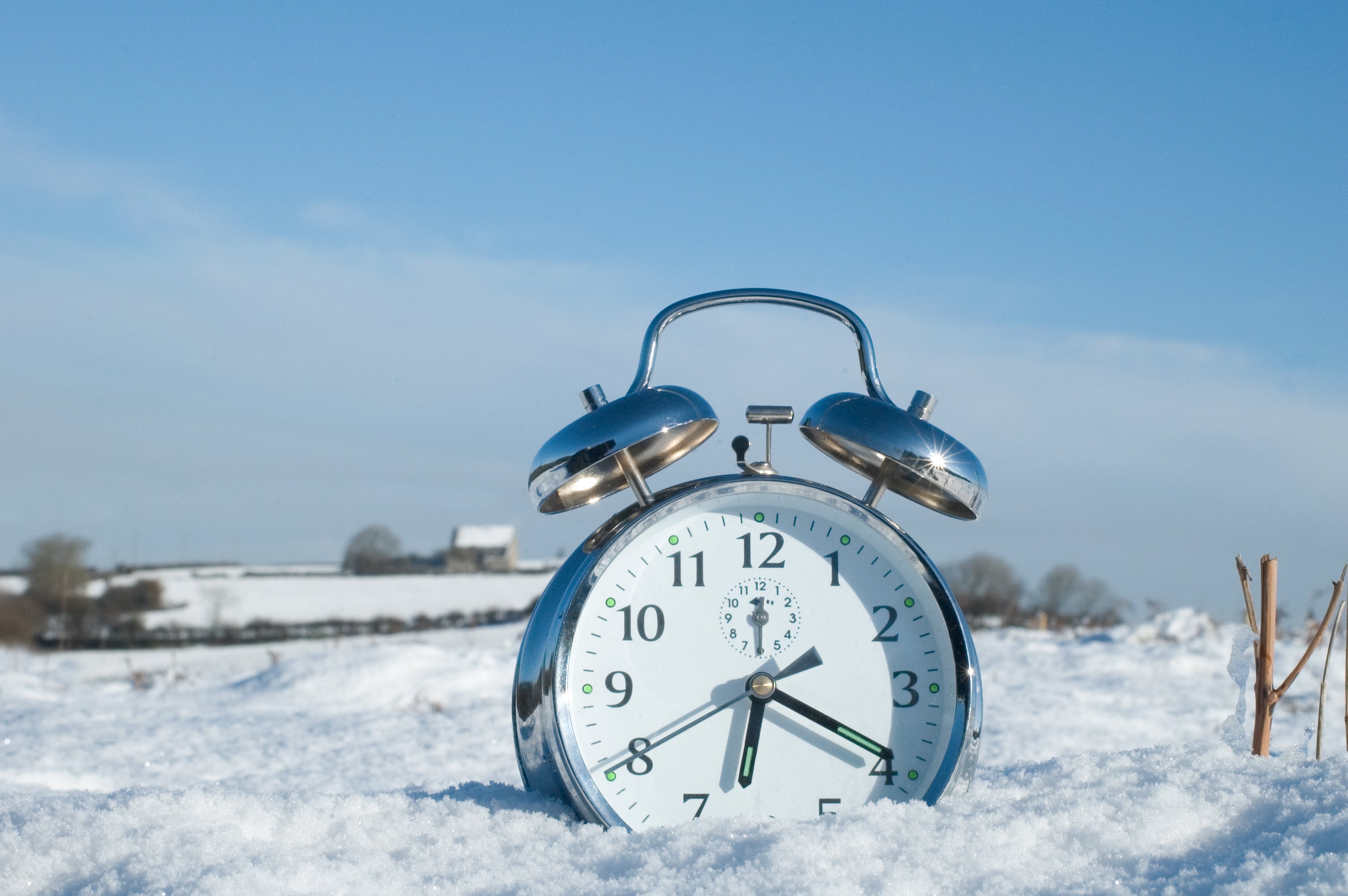
How Much Time Do HeatTrak Mats Save You?
Tired of shoveling? Discover how much time HeatTrak mats save versus traditional snow removal methods like shoveling and salting. Learn how these mats can save you hours each winter ...
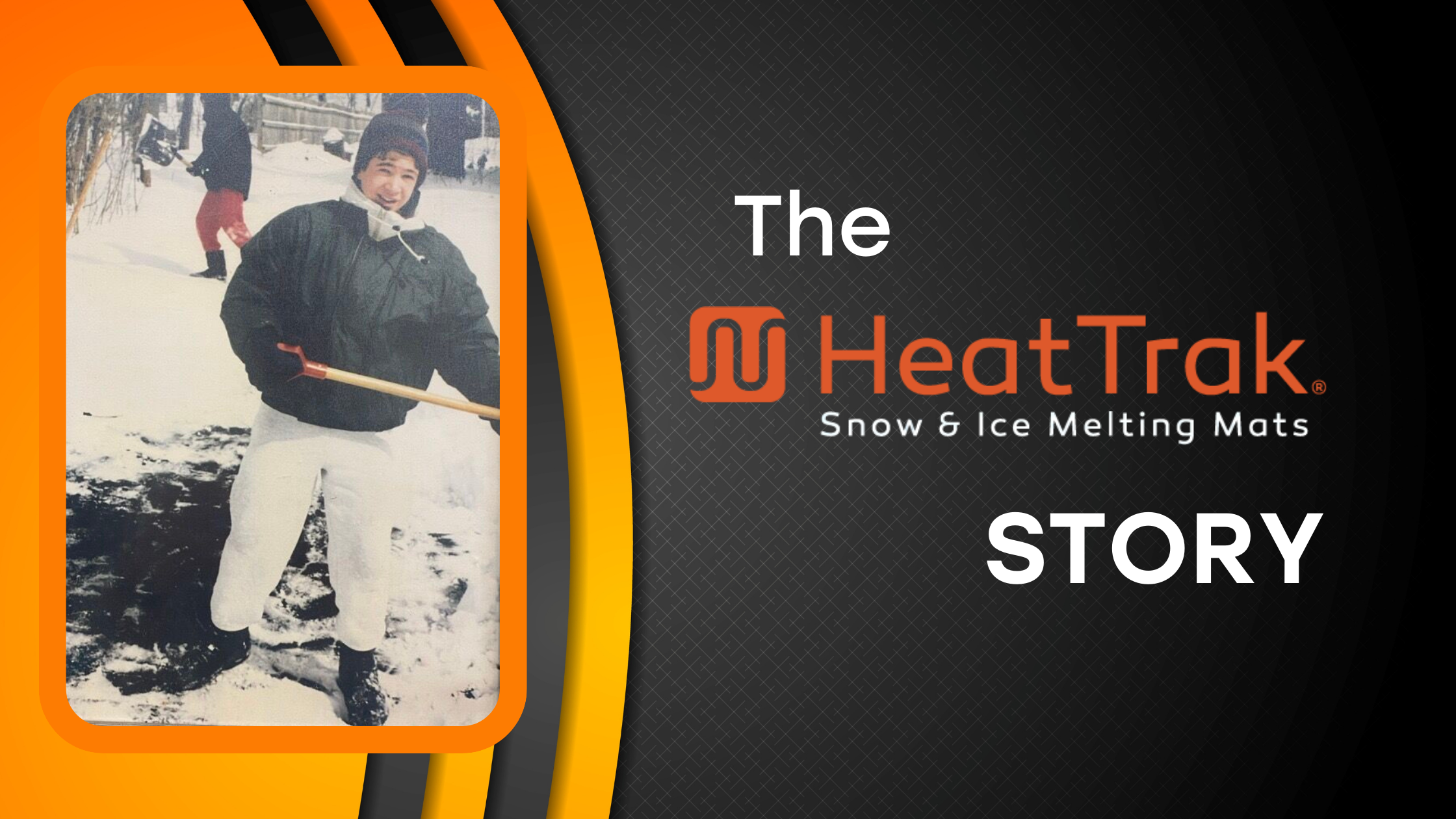
From a Spark of Inspiration to Snow-Melting Innovation: The HeatTrak Story
From a snowy driveway experiment to leading a company, HeatTrak CEO Hillel Glazer’s journey shows how a simple idea can spark groundbreaking innovation in snow management.
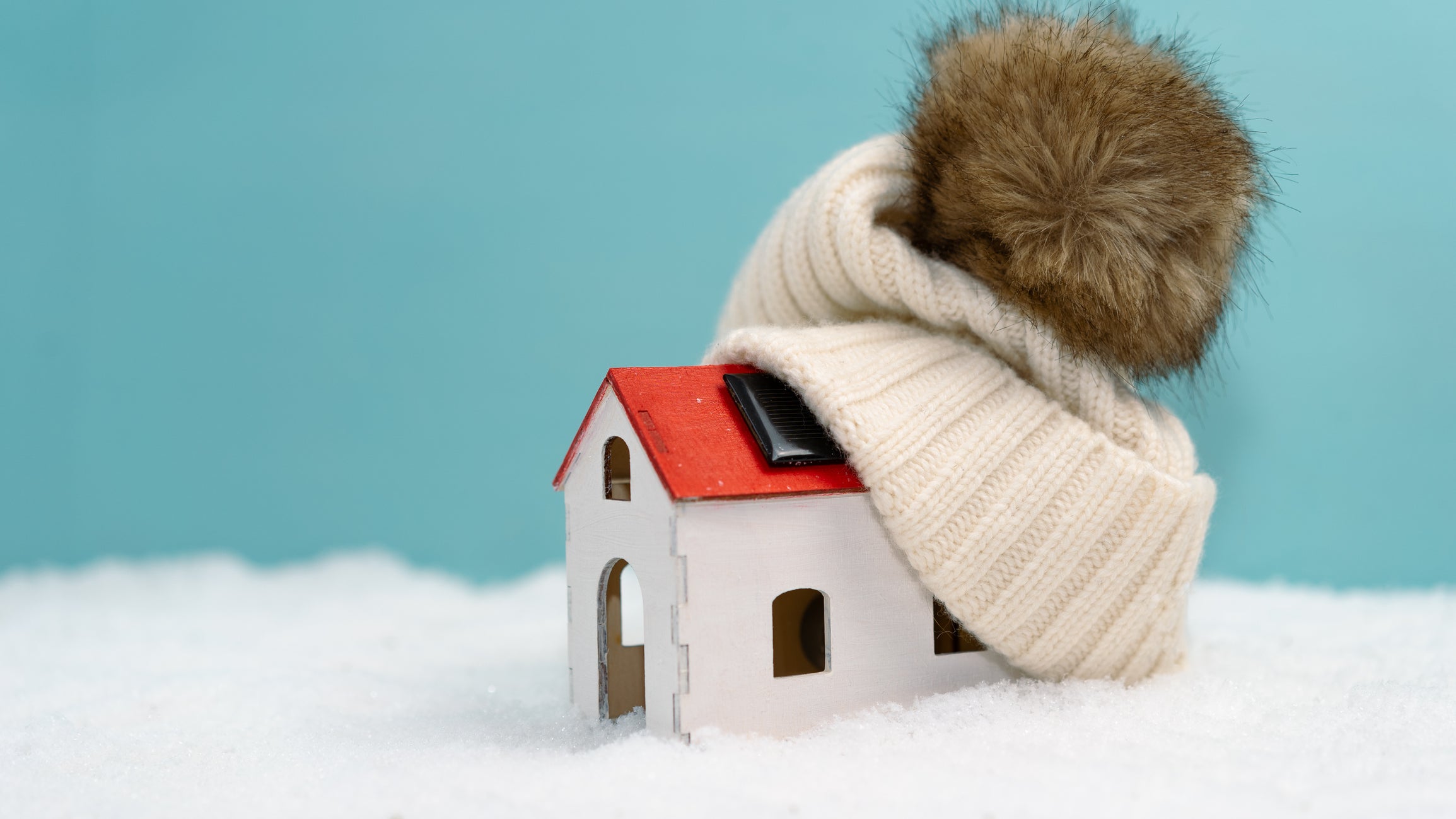
How To Winterize a House: Essential Tips for a Cozy and Energy-Efficient Winter Season
As the chilly winds of winter approach, it's time to prepare your home for the season ahead. Winterizing your home ensures a cozy living space and helps conserve energy.
Understanding the cost of snow removal is essential for homeowners preparing for winter. From DIY tools and professional services to innovative solutions like HeatTrak’s snow melting mats, explore ...

Benefits of Snow Melting Entrance Mats
Discover the benefits of Snow Melting Entrance Mats from HeatTrak: enhance safety, save time, and maintain pristine entrances this winter.
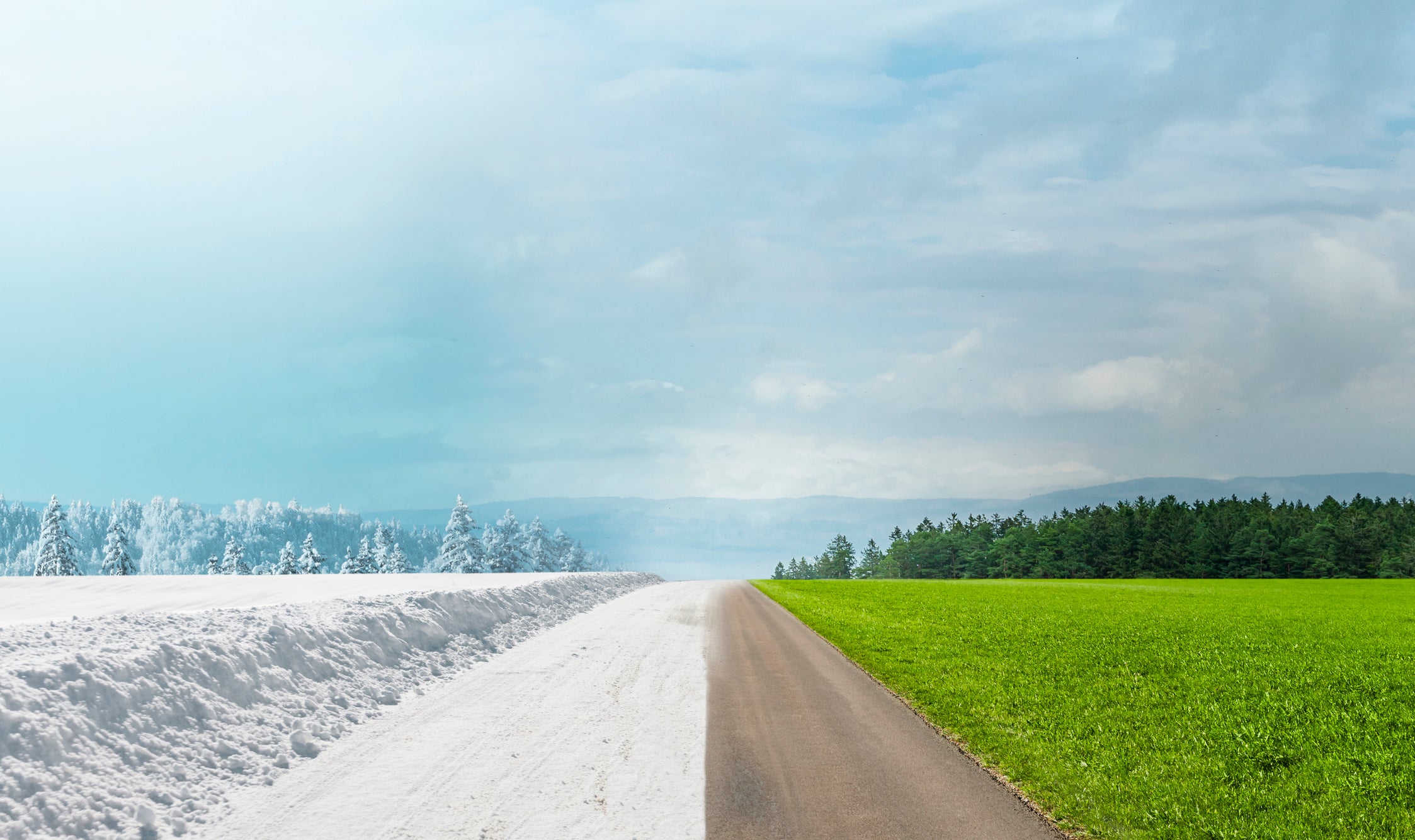
Preparing for Winter in August 2024: Get Ahead of the Chill
It may still be the dog days of summer, but August is the perfect time to start preparing for winter. Early preparation can save you a lot of headaches and chilly toes when the first snowflakes sta...
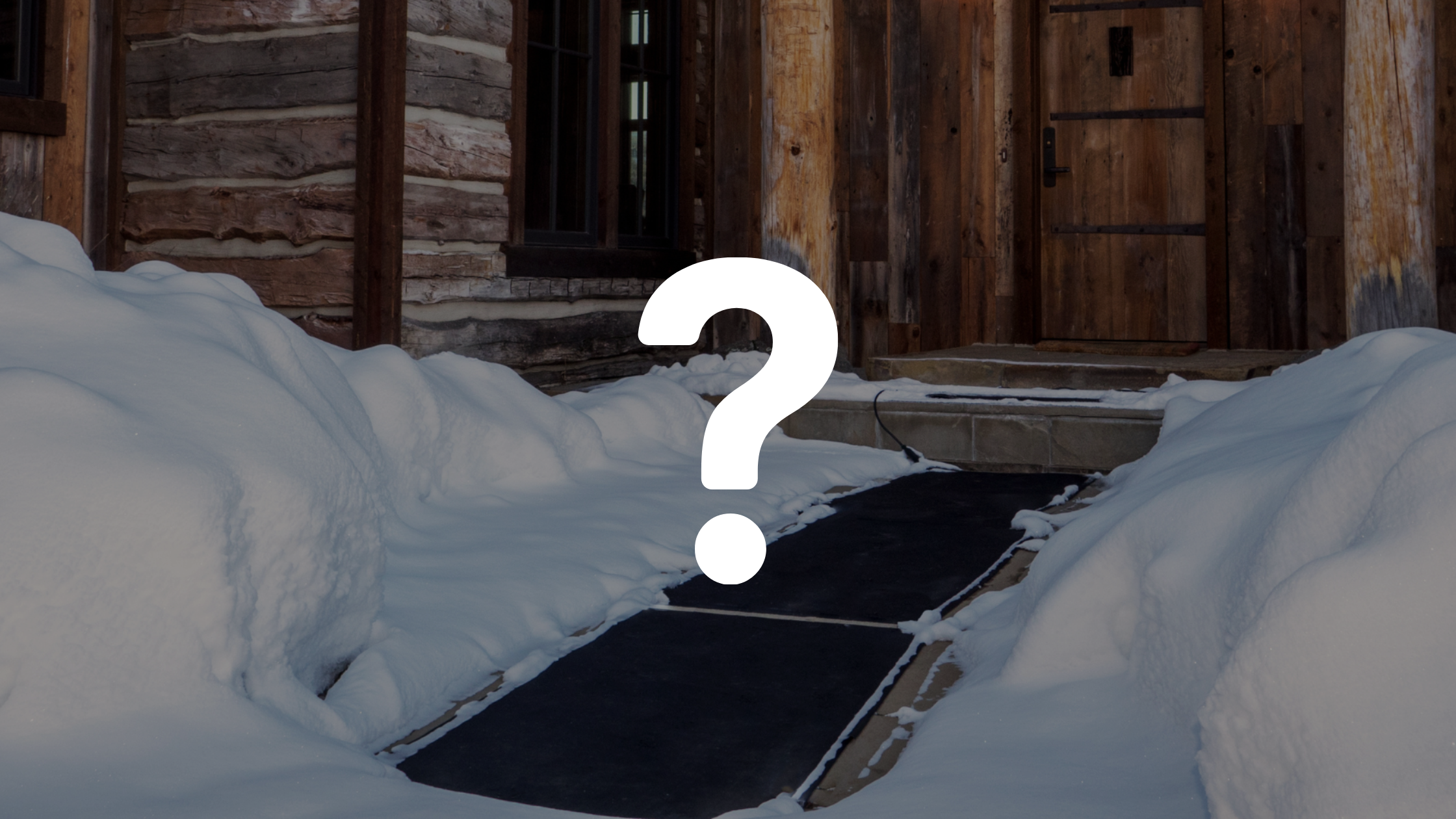
How Snow Melting Mats Work: A Comprehensive Guide
Keeping pathways clear and safe during the winter months is a critical concern for many homeowners and businesses. Snow melting mats offer a practical and efficient solution to this seasonal c...
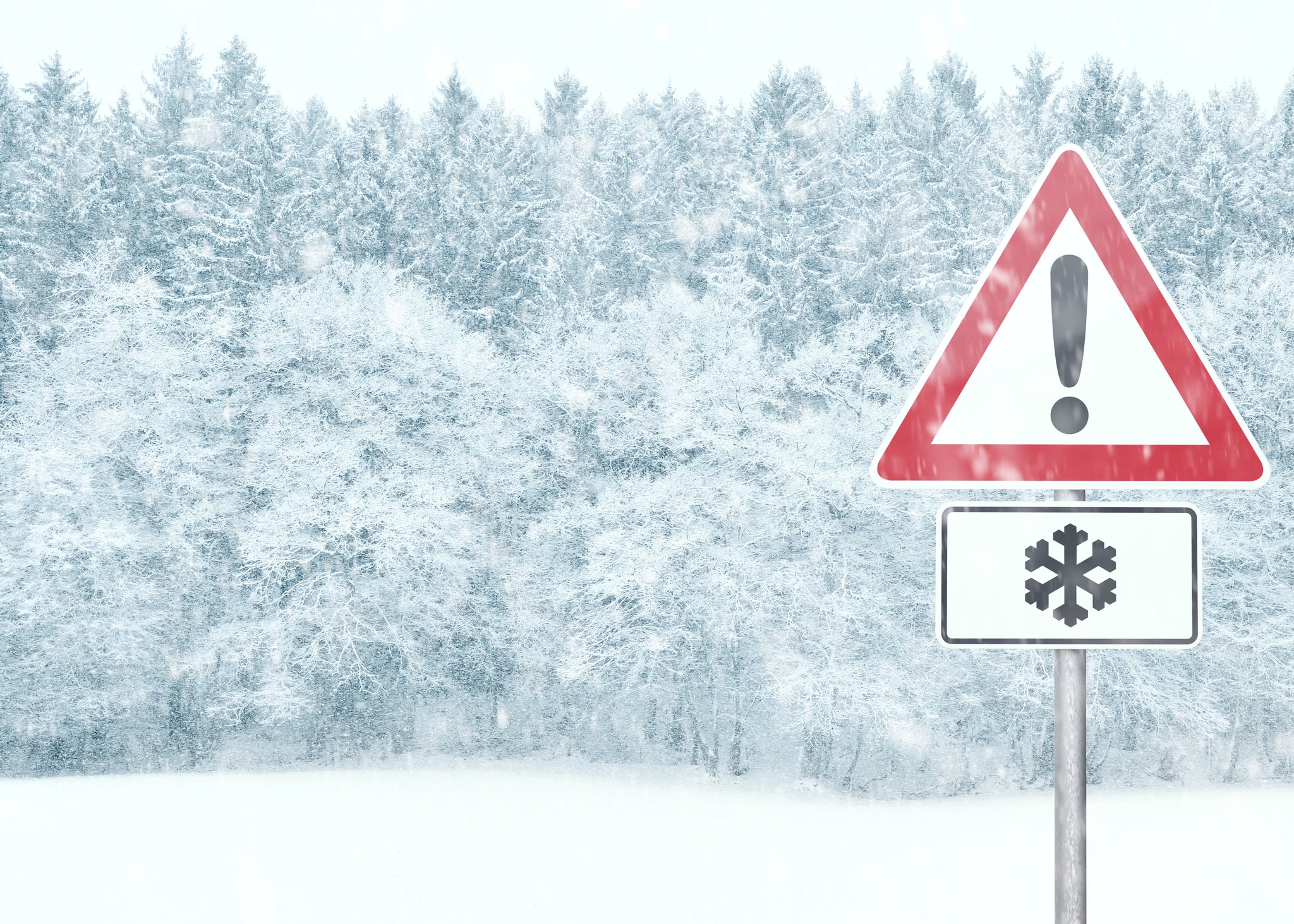
10 Ways to Prepare for a Winter Storm: What You Need to Know
Winter storms can bring a host of challenges, from heavy snowfall to icy conditions, that can disrupt daily life and pose significant safety risks. Proper preparation is essential to navigate thes...
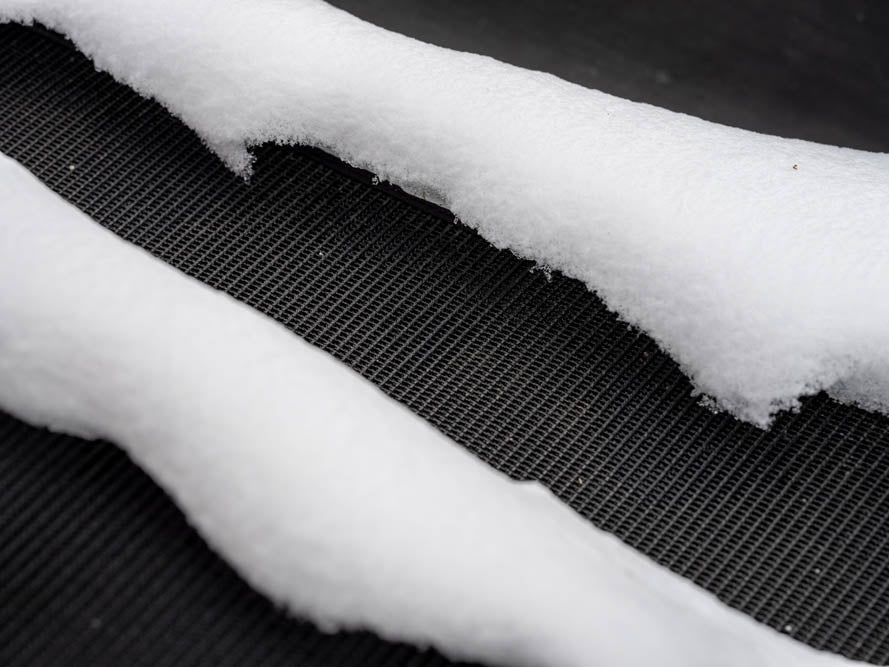
The Benefits of Snow Melting Walkway Mats
Explore how HeatTrak Snow & Ice Melting Mats offer a convenient and effective solution to keeping walkways clear and safe during winter.
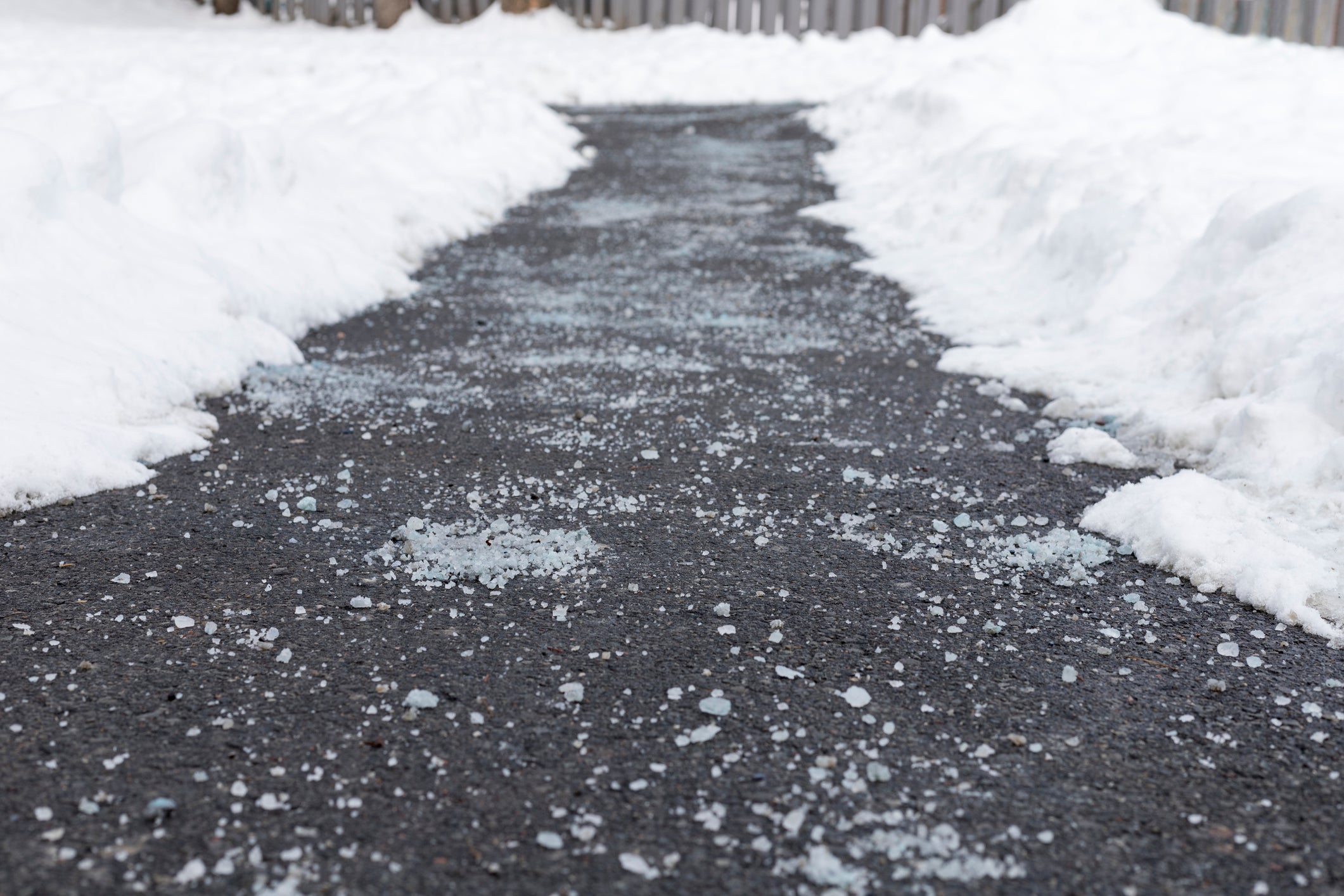
When to Salt a Sidewalk: Timing and Techniques for Winter Safety
Salting the sidewalks is a common practice to prevent slips and falls due to icy conditions. However, understanding the optimal timing for salting is essential for its effectiveness and reducing it...
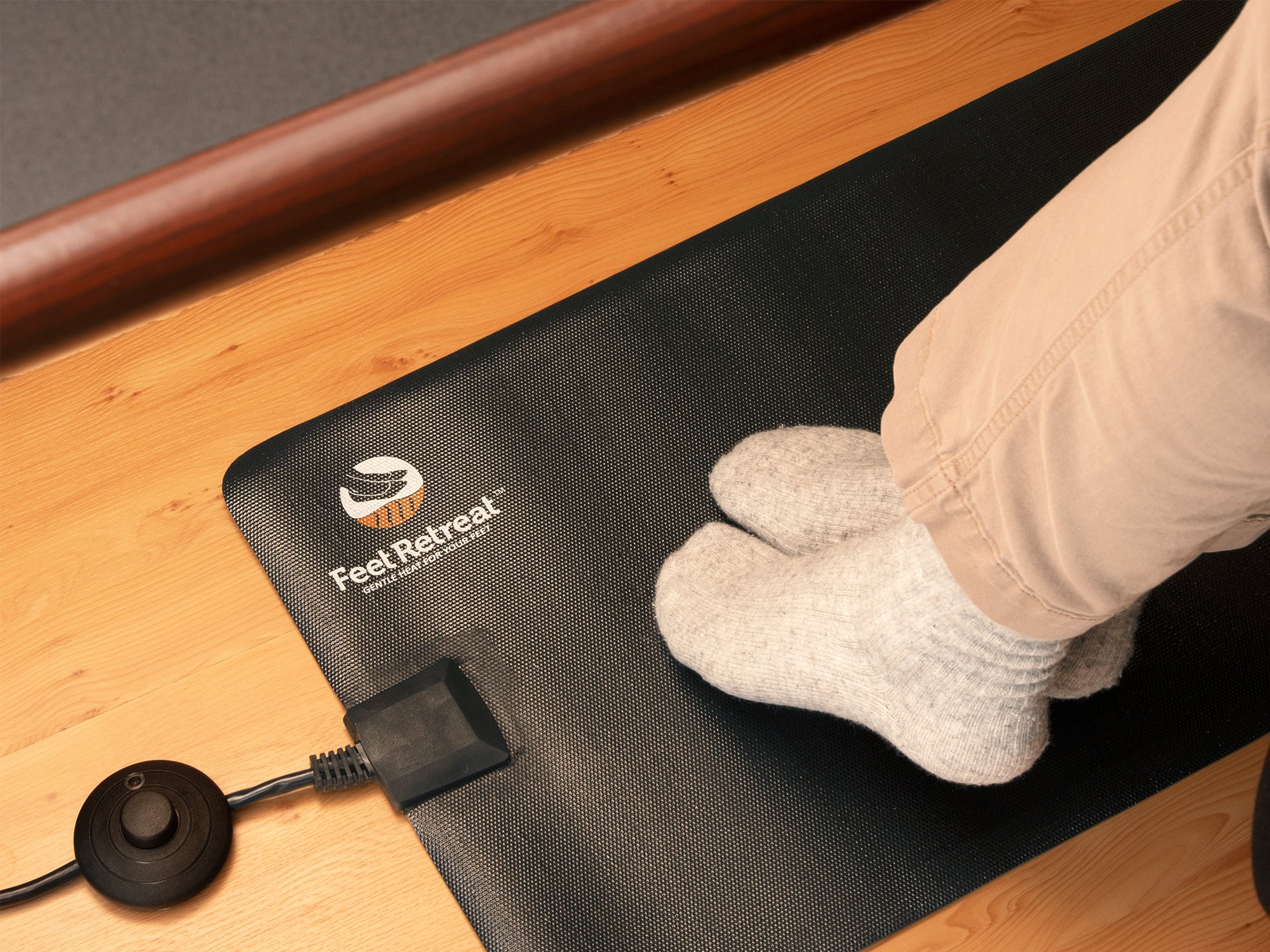
Embracing Warmth and Well-being: The Benefits of Heated Feet Mats
Discover the warmth, comfort, and therapeutic benefits of heated feet mats for improved circulation and energy efficiency.
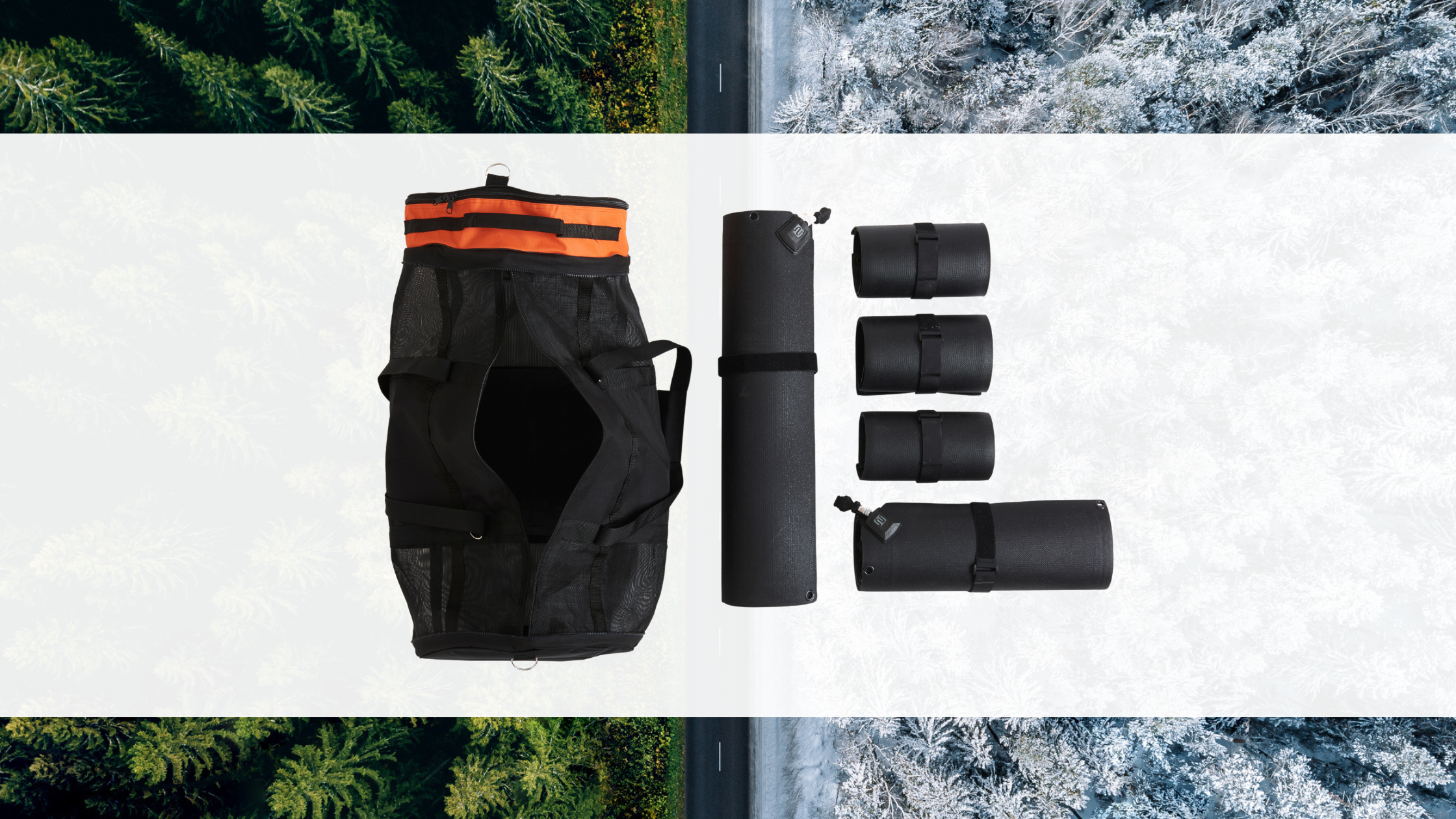
How to Care for your Mats in the Off Season
It’s finally time to kick off your snow boots and hang up your heavy parka jacket – winter (and snow season!) is over. Now is the perfect time to spend a few minutes thinking about how you’ll store...
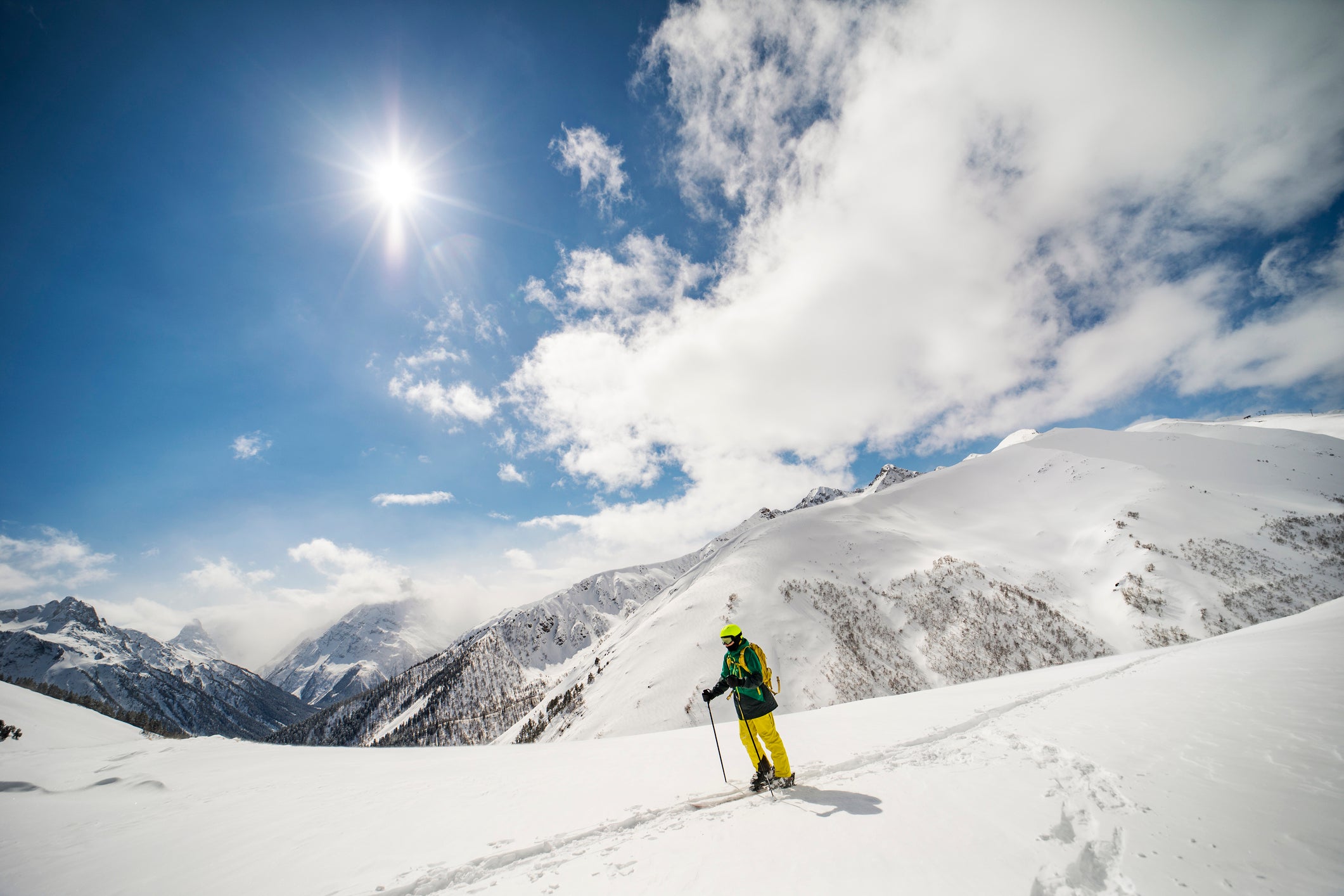
World Snow Day: Celebrating the Splendor of Snow
Ever wondered what World Snow Day is all about? Uncover the charm of this snowy celebration and its importance for homeowners.
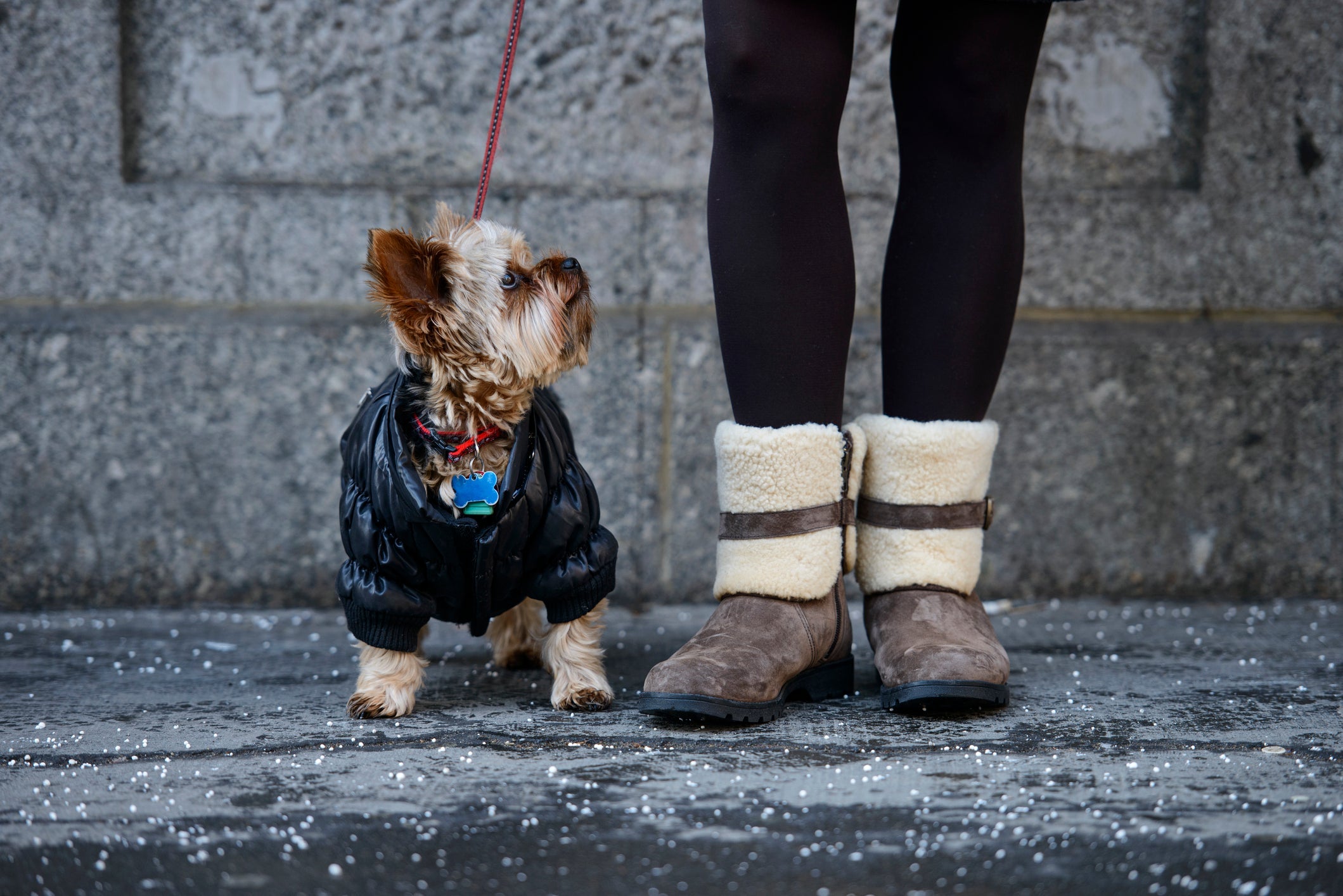
Winter Pet Safety Tips: Keeping Your Furry Friend Warm and Secure
Cold snaps can be challenging for our furry friends. From avoiding harmful chemicals to finding the right protective gear, discover top-notch ways to make winter safer for your beloved pet.